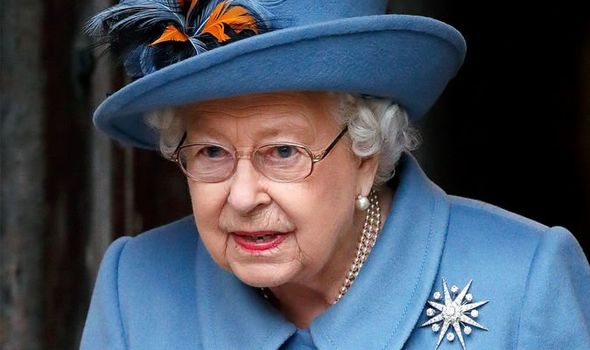
Operation Unicorn: Plan that starts with Queens’s death, ends with her funeral

Queen Elizabeth II, Britain’s longest-reigning monarch, died on Thursday after serving the throne for nearly 70 years. The 96-year-old monarch died at her remote Highlands residence, Balmoral in Scotland, with all her immediate family flying in to be at her side. The fact that the Queen died in Scotland, rather than in England, has added complex procedures.
Her death kicked off a detailed plan, put in place in the 1960s, to play out in the eventuality of the monarch’s death. The plan meticulously lists the procedures that roll out moments after her death and culminate with her funeral 10 days later.
Also read: ‘Jallianwala Bagh, a distressing example’: Queen Elizabeth during her India visit
The plan to deal with the death of the head of state in Britain was termed ‘Operation London Bridge’, and first reported by The Guardian in 2017, and later by Politico in 2021.
Operation Unicorn
According to The Guardian, the London Bridge plan, factored in the eventuality of her passing at Balmoral. The part of the plan for her death at her favourite castle in Scotland was codenamed ‘Operation Unicorn’.
This plan was codenamed ‘Operation Unicorn’ because unicorn is the national animal of Scotland and forms part of the royal coat of arms, along with the lion of England.
The plan terms the day of death as D-Day, day after as D+1 and so on till D+10, the day of her funeral as D+10 (D-day plus 10 days). During this period, the British parliament will suspend business after relaying a condolence message.
Shortly before the Palace announced the Queen’s death late Thursday, BBC (British Broadcasting Corporation) presenters changed into black attire, black suits and ties, as part of the protocol. The BBC played the national anthem, “God Save the Queen,” over a portrait of Elizabeth in full regalia as her death was announced, and the flag over Buckingham Palace was lowered to half-staff.
Immediately after death
As per the plan, after informing the British PM, the information about the Queen’s death has already been conveyed to other governments where she was the head of state, and then to 38 other nations of the Commonwealth.
Also, Queen’s death means that Prince Charles immediately becomes King and head of state for 14 Commonwealth realms. However, an official proclaiment will only be made a day after the Queen’s death. This, according to the BBC, will happen at St James’s Palace in London, in front of a ceremonial body known as the Accession Council.
Over the next few days
The Queen’s coffin is likely to be taken to her residence in the Scottish capital of Edinburgh, Palace of Holyroodhouse, The Guardian says. The body will then be carried in a procession up the Royal Mile, a central avenue, to St. Giles Cathedral for a reception service.
Afterwards, Queen Elizabeth II’s body will be either be flown or taken to London on a royal train from Edinburgh’s Waverley Station. The coffin will be received in the capital by the newly appointed prime minister Liz Truss, and be taken to Buckingham Palace.
On D+5 – D-day plus five days – a ceremonial procession through London will take the coffin from Buckingham Palace to the Palace of Westminster where a service will be held at Westminster Hall.
As per the Politico reported plan, from D+6 to D+9, the Queen will lie in state at Westminster Hall, where people will be allowed to pay their respects.
On the tenth day, a state funeral will be held at Westminster Abbey and there will be a committal service in St. George’s Chapel at Windsor Castle. Thereafter, Queen Elizabeth II will be buried in the castle’s King George VI Memorial Chapel.
The successor
The moment the Queen died, the throne passed immediately and without ceremony to the heir, Charles, the former Prince of Wales. He will be known as King Charles III, according to a BBC report.
That was the first decision of the new king’s reign. He could have chosen from any of his four names – Charles Philip Arthur George.
He is not the only one who faces a change of title. Although he is heir to the throne, Prince William will not automatically become Prince of Wales — that will have to be conferred on him by his father. He has inherited his father’s title of Duke of Cornwall — William and Kate are now titled Duke and Duchess of Cornwall and Cambridge.
Also read: Queen Elizabeth II dies at 96; King Charles III accedes British throne
There is also a new title for Charles’ wife, Camilla, who becomes the Queen Consort — consort is the term used for the spouse of the monarch.
It is expected that Charles will be officially proclaimed King on Saturday, BBC report says, adding, this will happen at St James’s Palace in London, in front of a ceremonial body known as the Accession Council.

